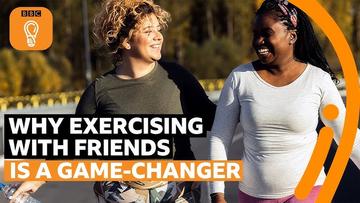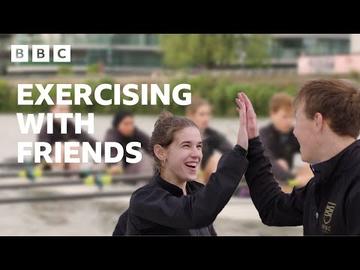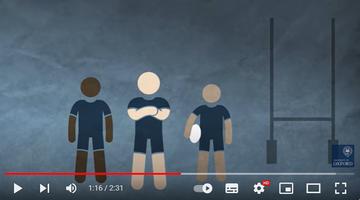The Social Body Lab
The Social Body Lab
Research in the Social Body Lab studies the pathways linking collective activity, social bonding and health in everyday human behaviour. Our research approach is highly interdisciplinary and collaborative, with a focus on the interdependencies in psychological, bodily and social functioning in everyday life. If we can better understand these connections, we can potentially leverage them to improve wellbeing, health and life outcomes across diverse populations.
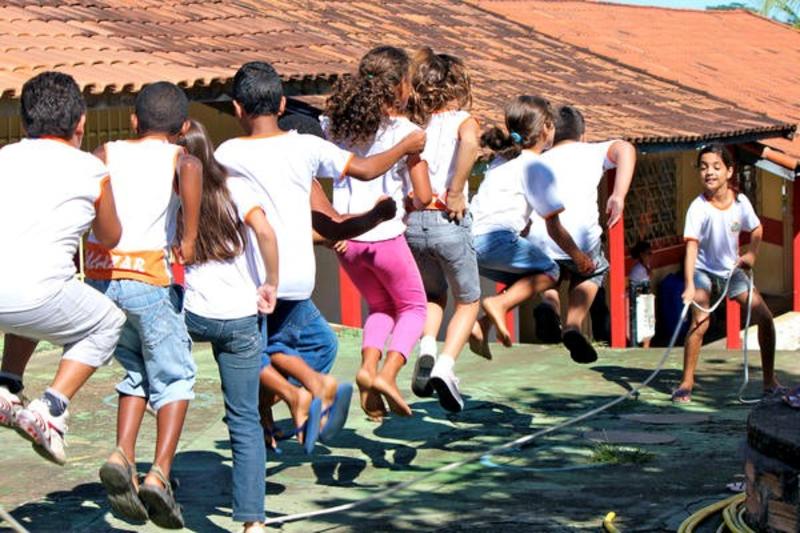
Humans are an exceptionally cooperative social species marked out for our abilities to coordinate and share resources with one another. We have a long history of cooperative interdependence within groups. Groups brought safety from predators and invaders, provisioned our young, and provided a context for the evolution and transmission of complex culture. This cooperative group living is likely underpinned by unique social-cognitive mechanisms, including feelings, that function to seek out and sustain social connection. We feel secure and thrive when we belong, but we can feel very insecure and struggle when we are isolated or lonely.
Our bodies and brains reflect our evolutionary story as a social species, but they also record our unique individual histories. Social relationships have significant links to health and mortality. They are a critical resource for individuals as well as for policy around population health.
Key Questions
Learn more about our approaches to the key questions guiding this research.
Energy is the fuel of life and optimal energy regulation across life’s core functions, from growth to immunity, supports health. Mechanisms that enable us to optimise energy efficiency extend well beyond the “biological” to include a range of cognitive processes and behaviours, such as perceptions and beliefs (e.g., about the resource environment), feelings and motivations (e.g., fatigue), and physical (in)activity. Cooperative resource sharing is a central element in our evolutionary history as an interdependent species, in our childhood development, and our everyday life. Using a mix of experimental and observational designs as well as analysis of existing large-scale datasets, our studies investigate the role that this human social ecology plays in how humans spend, conserve and allocate energy and on related perceptions, feelings and behaviours. The research potentially has far-reaching significance for our understanding of human evolution, development, physiology, psychology, behaviour and health.
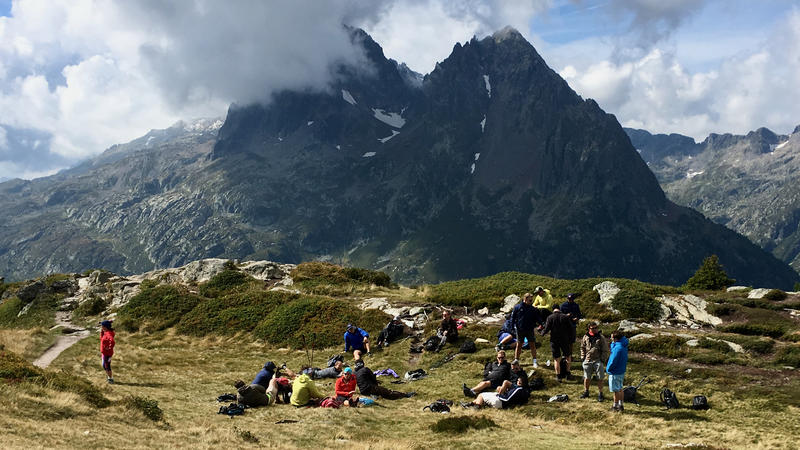
Affiliative motivations often drive social learning of novel cultural traits. Our research and engagement work extends and applies this insight to the domain of health behaviour interventions, with the aim of supporting sustainable intervention delivery. In taking part in a physical activity programme or intervention, for example, participants’ engagement is often driven as much by rewards of social affiliation and belonging as by perceived benefits to health and fitness. Belonging motivations may also be associated with more faithful adherence to group behaviours, perceived as group norms. Relative to instrumental motives around fitness outcomes and health consequences, however, social motives are less well understood and underpromoted in public health communications. Our studies and engagement work in this area explore how social motivations and reward impact physical activity behaviours and have included research with UK adults in the context of parkrun as well as applications to children’s physical activity, in collaboration with The Daily Mile Foundation.

Humans are social creatures – we cannot survive without the support of other individuals. Social affiliation is therefore considered a basic human motive and is at the heart of our sociality as well as our health. Across cultures, everyday life is marked by interpersonal activities that foster social connection, closeness, cooperation and support among people. Via a range of causal pathways, collective physical activity – from children’s playground games to professional team sport - is particularly successful at creating the conditions for social connection and cohesion. Our hypothesis-driven research has drawn from the evolutionary, cognitive, neurobiological and health sciences to trace causal pathways from perceived exertion, interpersonal coordination, interdependence and collective success in physical challenges to “team click”, group bonding and mental wellbeing. Physical inactivity and social isolation are strongly associated with ill-health and mortality. We hope that, by contributing to a better understanding of the benefits of group physical activity for health and wellbeing, and of the underlying mechanisms, the research can have wider implications for society beyond just academic problems.

Events
Outputs
-
Davis, A. J., Tunçgenç, B., & Cohen, E. (in press). Evolutionary perspectives on cooperative sociality in exercise and sport. In M. Beauchamp & M. Eys (Eds.), Group Dynamics in Exercise and Sport Psychology. Routledge. -
Berdugo, S., Cohen, E., Davis, A. J., Matsuzawa, T., & Carvalho, S. (2024). The ontogeny of chimpanzee technological efficiency. bioRxiv, https://doi.org/10.1101/2024.07.31.605100
-
Davis, A. J., Cohen, E., & Nettle, D. (2024). Associations amongst poverty, loneliness, and a defensive symptom cluster characterised by pain, fatigue, and low mood. PsyArXiv. https://doi.org/10.31234/osf.io/mxevt
-
Savage, P., ... Bamford, J. S., et al. (2024). Does synchronised singing enhance cooperation more than speaking does? A global stage 1 registered report. PsyArXiv. https://doi.org/10.31234/osf.io/pv3m9
-
Tunçgenç, B., Greig, E.J., Cohen, E., (2024). Benefits of an online group dance program for adolescents’ social bonding and wellbeing. Journal of Adolescence, 96(8). Https://doi.org/10.1002/jad.12391
-
Berdugo, S., Cohen, E., Davis, A. J., Matsuzawa, T., & Carvalho, S. (2024). Reliable long-term individual variation in chimpanzee technological efficiency. Nature Human Behavior. https://doi.org/10.1038/s41562-024-02071-8
-
Bamford, J. S., Vigl, J., Hämäläinen, M. & Saarikallio, S. H. (2024). Love songs and serenades: a theoretical review of music and romantic relationships. Frontiers in Psychology, 15. https://doi.org/10.3389/fpsyg.2024.1302548
-
Tunçgenç, B.,* Bamford, J. S.,* Fawcett, C., & Cohen, E. (2023). The synchrony-prosociality link cannot be explained away as expectancy effect: response to Atwood et al. (2022). Open Mind, 7, 711–714. https://doi.org/10.1162/opmi_a_00103
-
Cohen, E., Davis, A., Taylor, J. (2022) Interdependence, bonding and support are associated with improved mental well-being following an outdoor team challenge, Applied Psychology: Health and Well-being, 1-24 -
Davis, A.J. MacCarron, P., Cohen, E. (2021) Social reward and support effects on exercise experience and performance: evidence from parkrun, PLoS ONE, 19(9): e0256546
-
Davis, A. J., Crittenden, B. Cohen, E. (2021) Effects of social support on performance outputs and perceived difficulty during physical exercise, Physiology & Behavior, 113490
-
Jefferies, M., Tuncgenc, B., Cohen, E. (2018) The role of physical activity and touch in children’s social bonding, International Journal of Comparative Psychology, 31
-
Tarr, B., Slater, M., Cohen, E. (2018) Synchrony and social connection in immersive Virtual Reality, Scientific Reports, 8(1): 3693
-
Tuncgenc, B., Cohen, E. (2016) Interpersonal movement synchrony facilitates pro-social behavior in children’s peer-play, Developmental Science, 21(1): e12505
-
Tarr, B., Launay, J., Cohen, E., Dunbar, R. (2015) Synchrony and exertion during dance independently raise pain thresholds and encourage social bonding, Biology Letters, 11, 20150767
-
Davis, A., Taylor, J., Cohen, E. (2015) Social bonds and exercise: Evidence for a reciprocal relationship, PloS One, 10 (8): e0136705
-
David, A. (2024) The surprising benefits of exercising with friends, The University of Oxford School of Anthropology and Museum Ethnography
-
Bamford, J. (2024) Silent disco: why dancing in sync brings us closer together, The Conversation
-
Zaraska, M. (2020) Moving in Sync Creates Surprising Social Bonds among People, Scientific American
-
Jagatia, A. (2020) The performance-enhancing trick to being a better athlete, BBC Future
-
Cohen, E. (2016) Does team bonding help athletes endure more pain?, The Conversation -
Taylor, J., Cohen, E. (2016) Exercising together boosts performance and forges friendships, aeon
-
Fieldwork Q&A with DPhil student Gabriele Paone
School of Anthropology & Museum Ethnography, University of Oxford
May 2024 -
Understanding parkrun and its benefits
Parkrun
01 December 2021 -
Rower behaviour and the tolerance to pain
World Rowing
16 November 2016
Emma Cohen, Arran Davis and Jacob Taylor | Do people who move together bond together? | University of Oxford
Emma Cohen | Reinventing work 1: why you need to understand the 'self other overlap' | Eat Sleep Work Repeat
Emma Cohen | Will a placebo boost my performance in sports? | BBC World Service CrowdScience
Emma Cohen | Soul-ercise | How God Works: The Science Behind Spirituality


